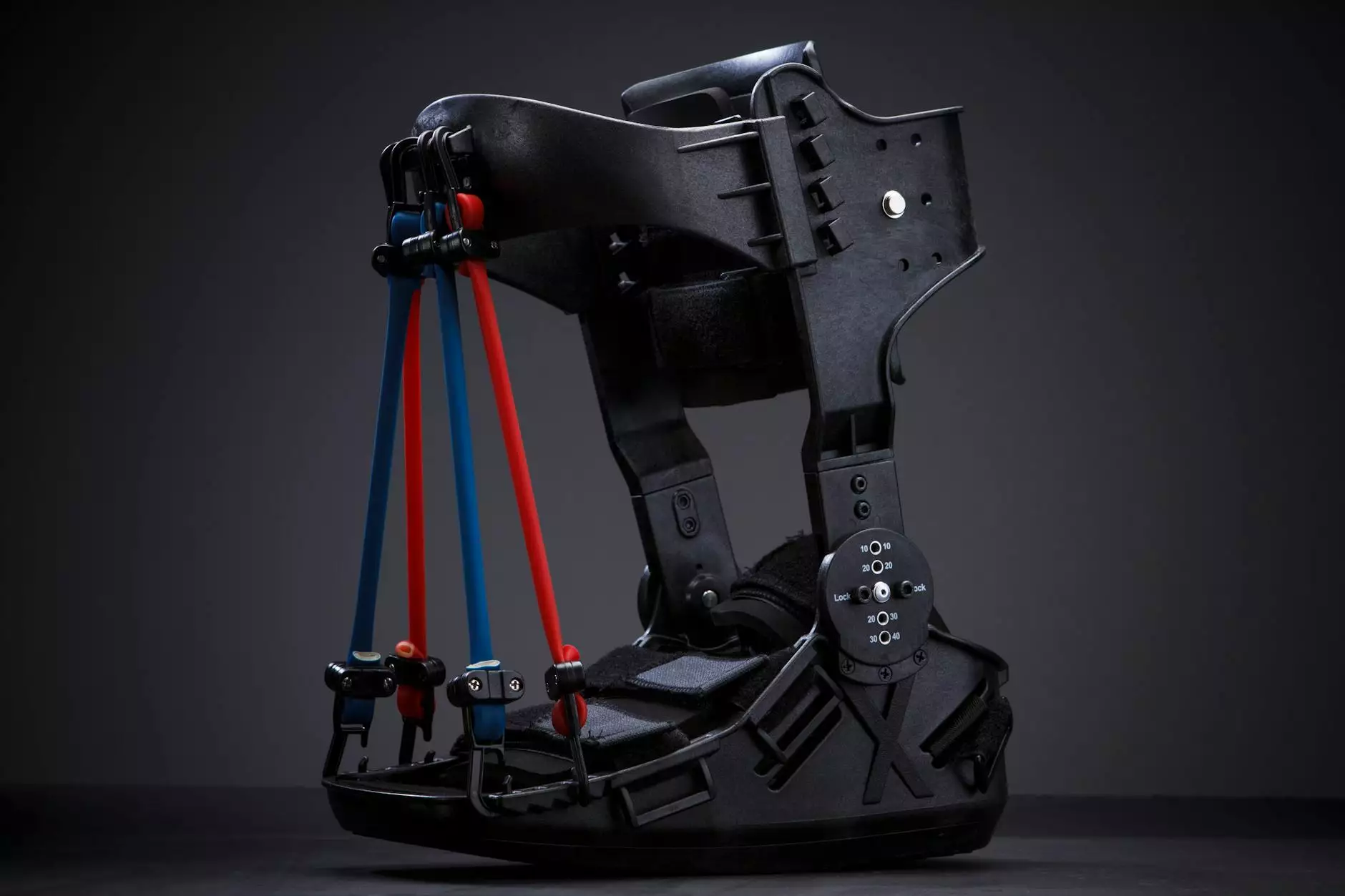Understanding Inside Ankle Sprain: A Comprehensive Guide

An inside ankle sprain is a common injury that can disrupt daily activities and athletic performance. Understanding its causes, symptoms, and treatment options is crucial for effective recovery and prevention. This article explores everything you need to know about inside ankle sprains, helping you regain control over your foot health.
What is an Inside Ankle Sprain?
An inside ankle sprain occurs when the ligaments on the inside of the ankle are stretched or torn. Ligaments are strong bands of tissue that connect bones to each other, providing stability to the joint. When an ankle rolls inward or when an external force pushes the foot inward, excessive stress is placed on the inside ligaments, leading to a sprain.
Causes of Inside Ankle Sprain
Several factors can contribute to the occurrence of an inside ankle sprain:
- Sports Activities: Sports that involve jumping, running, or quick changes in direction can increase the risk of ankle sprains.
- Uneven Surfaces: Walking or running on uneven surfaces can cause an ankle to roll, leading to a sprain.
- Inadequate Footwear: Wearing shoes that do not offer proper support can make the ankle more susceptible to injuries.
- Previous Injuries: A history of ankle sprains can weaken the ligaments and make future sprains more likely.
Recognizing the Symptoms of Inside Ankle Sprain
Identifying the symptoms of an inside ankle sprain early can assist in quicker recovery. Common symptoms include:
- Pain: This is often the most immediate symptom felt on the inside of the ankle.
- Swelling: The affected area may swell due to inflammation.
- Bruising: Skin discoloration may occur as blood vessels are damaged.
- Stiffness: Limited range of motion can develop, making it difficult to move the ankle.
- Instability: Patients may experience a feeling of weakness or instability when bearing weight.
Diagnosis of Inside Ankle Sprain
If you suspect that you have an inside ankle sprain, a prompt diagnosis by a podiatrist is essential for appropriate treatment. Diagnosing an ankle sprain typically involves:
- Medical History: The doctor will ask about the circumstances of the injury.
- Physical Examination: The practitioner will examine the ankle for signs of swelling, bruising, and tenderness.
- Imaging Tests: X-rays may be conducted to rule out fractures. In some cases, an MRI may be necessary to assess ligament damage.
Treatment Options for Inside Ankle Sprain
Treatment for an inside ankle sprain typically depends on the severity of the injury. Options include:
1. R.I.C.E. Method
For mild to moderate sprains, the R.I.C.E method is often recommended:
- Rest: Avoid putting weight on the affected ankle.
- Ice: Apply ice packs for 15-20 minutes several times a day to reduce swelling.
- Compression: Use elastic bandages to provide support.
- Elevation: Raise the ankle above heart level to minimize swelling.
2. Physical Therapy
Once initial pain and swelling subside, physical therapy may be beneficial. A physical therapist can guide you through exercises to restore strength and flexibility to the ankle.
3. Medications
Over-the-counter pain relievers such as ibuprofen or acetaminophen can help manage pain and reduce inflammation.
4. Ankle Brace or Splint
In more severe cases, a brace or splint may be necessary to immobilize the ankle and allow for proper healing.
5. Surgery
Surgical intervention is rarely needed but may be considered for severely torn ligaments or if conservative treatments fail to provide relief.
Prevention of Inside Ankle Sprain
Preventing an inside ankle sprain is entirely possible with the right strategies. Consider the following tips:
- Strengthen Your Ankles: Incorporate strengthening exercises for the muscles around your ankle to improve stability.
- Wear Supportive Footwear: Choose shoes that provide adequate support and cushioning for your activities.
- Warm Up Properly: Always warm up before engaging in physical activities to prepare your body.
- Be Cautious on Uneven Terrain: Pay attention to where you are walking or running; avoid distractions that could lead to falls.
When to Seek Medical Attention
It is crucial to consult a healthcare professional if you experience:
- Severe Pain: If the pain is not manageable with rest and over-the-counter medications.
- Inability to Bear Weight: If you cannot put weight on the injured ankle even after a few days.
- Persistent Swelling or Bruising: If symptoms continue unabated after several days.
Conclusion
In summary, an inside ankle sprain is a common injury that can impact individuals in various ways. Understanding its causes, recognizing the symptoms, and seeking appropriate treatment are vital for recovery. By employing preventive strategies, individuals can significantly reduce the risk of sustaining this injury in the future. With the proper care and attention, you can return to your activities free from pain and injury.
For comprehensive care and tailored advice, consider visiting The Foot Practice, specializing in podiatry and foot care. Your feet deserve the best care, and our team is here to help you every step of the way.









